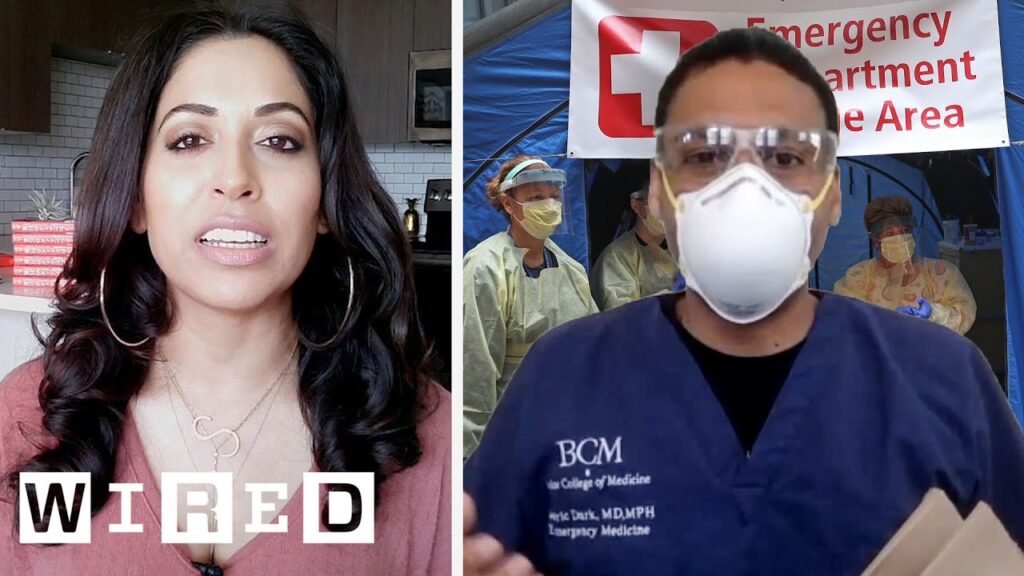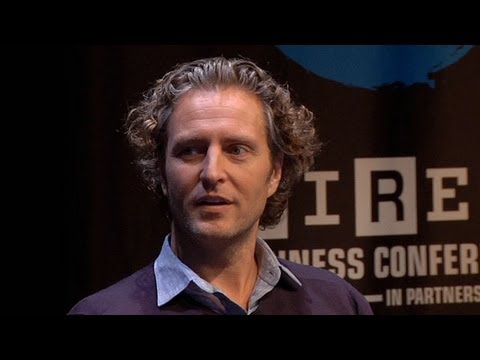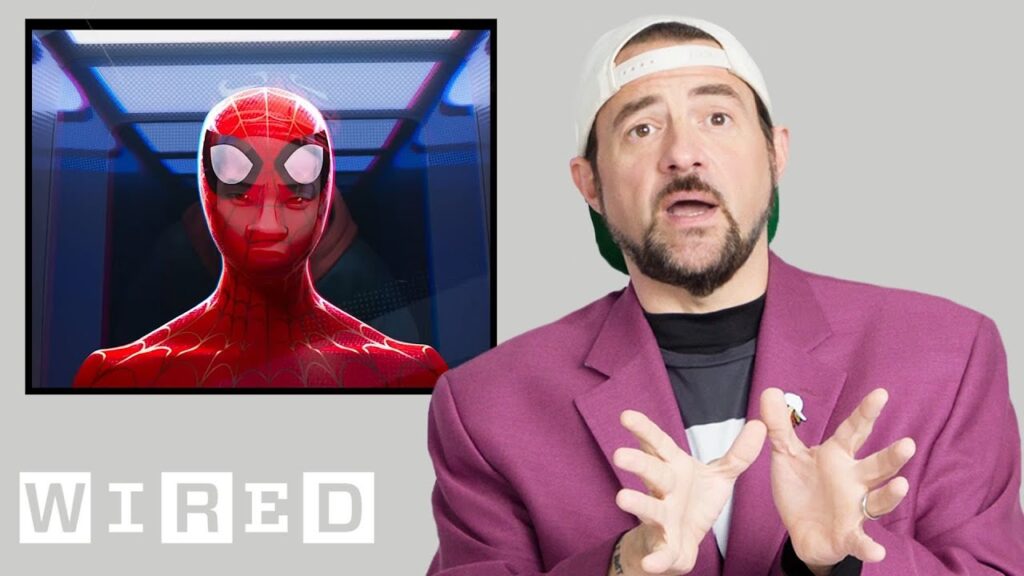The Journey of Trash: From Bag to Barge
Summary
New York City’s Department of Sanitation (DSNY) picks up 12,000 tons of refuse and recycling through 2,000 miles of city every day. The city uses various ways to dispose of the trash, such as a marine transfer station, waste-to-energy facilities, and landfills. However, landfills are still the primary destination for most waste. The DSNY has a fleet of over 6,500 units, half of which are heavy trucks used for refuse and recycling. The department aims to route efficiently and to schedule refuse and recycling routes between midnight and 4 p.m. In the future, anaerobic digestion, waste volumizers, and wastey hydrators are emerging technologies that could help prevent waste from going to landfill.
Table of Contents
- Sorting Trash at Home
- DSNY’s Fleet and Routes
- Efficient Routing
- Transfer Stations and Disposition
- The Future of Sanitation
Sorting Trash at Home
Q: How can I ensure that my trash items end up in the correct disposal location?
A: We encourage you to sort your garbage into regular trash, paper, and metals, glass, and plastics. This will make the city’s job more efficient, and it will help reduce the amount of landfill-bound waste.
DSNY’s Fleet and Routes
Q: How many units are in the DSNY’s fleet?
A: The fleet is comprised of over 6,500 units, with roughly half used for refuse and recycling collection.
Q: How much trash can the DSNY’s trucks hold?
A: Most trucks in New York City hold between 10 and 12 tons of garbage without a problem.
Q: How does the DSNY manage the 6,300 linear mile coverage area?
A: The department dispatches about 7,100 routes per week, covering roughly 2,000 of the miles, using efficient routing and fresh GIS and GPS data.
Efficient Routing
Q: What is efficient routing, and how important is it to the DSNY?
A: The city aims to route efficiently and use up-to-date GIS data and GPS performance overlays, ensuring every street is routed effectively and efficiently. This keeps the refuse and recycling routes running on time.
Q: Why is the 4 p.m to midnight shift so important for the DSNY?
A: This shift gives the department time to find and address any service gaps that occurred during previous routes due to blocked streets, police activity, or other obstructions.
Transfer Stations and Disposition
Q: What is a transfer station, and how many does DSNY have?
A: DSNY has five transfer stations, four being marine transfer stations, while the fifth is a rail transfer station located in Staten Island.
Q: Where does New York City dispose of its trash?
A: About 60% to 70% of New York City’s trash ends up in a landfill. However, the rest is taken to another waste-to-energy facility or to another landfill outside the city.
The Future of Sanitation
Q: How can New York City limit the amount of waste sent to landfills in the future?
A: New York City could use emerging technologies such as anaerobic digestion, waste volumizers, and wastey hydrators. These future tools would reduce greenhouse gas emissions and create reusable compost.
Q: Will there still be a role for the sanitation department?
A: Yes, the sanitation department will remain and will continue to keep the city’s streets clean and collect recyclables. However, the department hopes to pick up less garbage in the future and get more things right at the curb every day.
Conclusion
Now that you know how trash journeys from being a small piece of garbage to its final destination, you can do your part to sort and separate your trash. The DSNY works tirelessly to manage the city’s trash routes and use efficient routing to pick up garbage and recycling across 6,300 linear miles. Although landfill is still the primary destination for most trash, emerging technologies can help the city reduce that number and increase the amount of compostable material produced.






